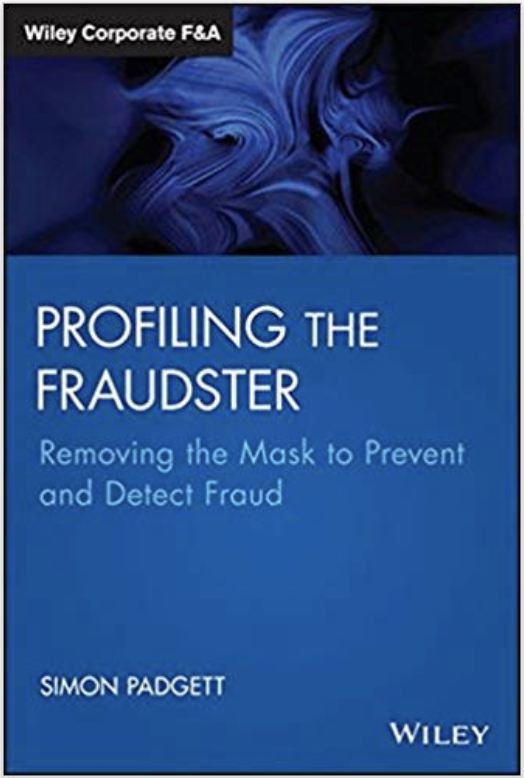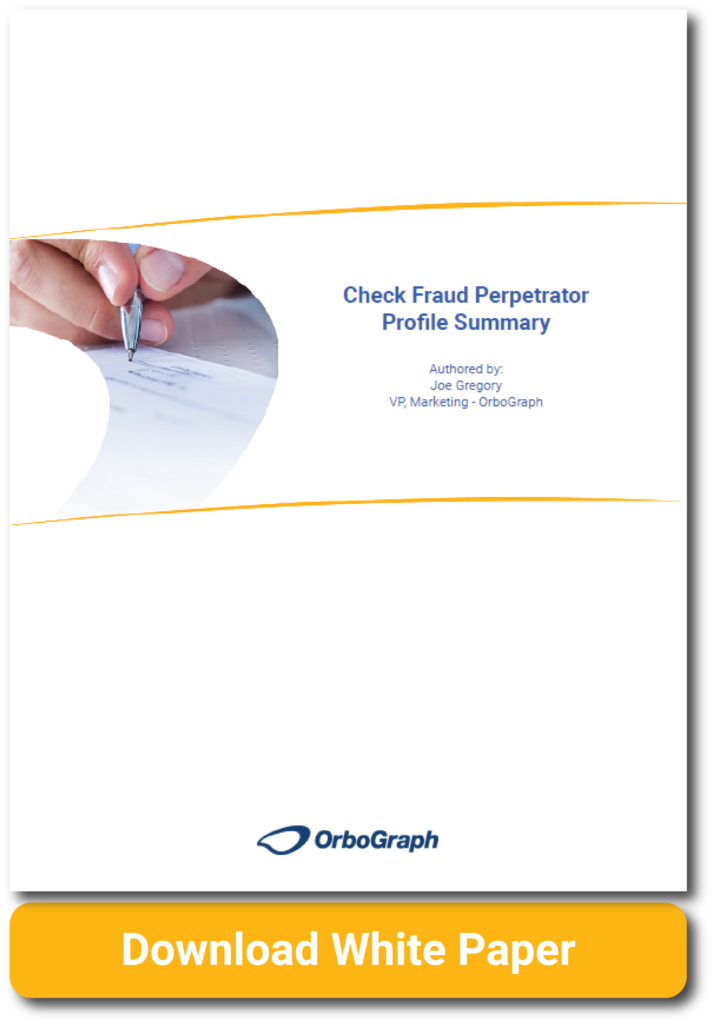Catching the Check Fraud Perpetrators
- Three kinds of check fraud dominate the pack
- Fraud has become more and more inexpensive to perpetrate
- Behavior analysis to fight cross channel fraud
As fraudsters continue to evolve their tactics, it is important to understand what acts of fraud are being committed and what actions banks are taking in order to combat fraudsters. These real-life examples provide much needed clarity into not only the acts of frauds, but also the types of perpetrators and their situations.
From the field research completed by OrboGraph, it is no surprise that counterfeits, forgeries, and alterations are the most common types of check fraud being committed via a host of deposit channels and approaches. However, it is important to think about the perpetrators themselves and their motivations.
Check Fraud Perpetrators: Motivations and Methods
There are three types of perpetrators which emerged from our individual bank discussions:
- Individuals
- Small Fraud Rings
- Large Fraud Rings (many international)
What stands out from these three types is the motivations behind the check fraud. The motivation for individuals differ from case to case. While there are many cases of individuals trying to make a quick buck, there were instances of those individuals struggling financially (unforeseen hardships, medical expenses, etc.) and needing to cover basic expenses to get by.
Conversely, the small fraud rings and large fraud rings are deploying different strategies to commit fraud. There is a full repertoire of fraud attempts which can be made, including cross-payment scenarios where money is deposited as checks and shipped out under a wire payment or ACH.
One of the more basic examples are creating counterfeit documents, facilitated by how accessible and inexpensive high-quality scanners and printers are: One trip to your favorite superstore, and with a $25 investment you’re equipped to make and alter copies of a check or checks. That means a sophisticated fraud ring can assign resources to set up an elaborate cover story and website, and engage in cross channel fraud. Meanwhile, less sophisticated fraud rings and individuals may resort to simpler tactics like stealing checks from mailboxes.
Behavioral Analysis to Combat Fraud

Behavioral analysis is a potent weapon in fighting cross-channel fraud; however, FICO’s recent fraud survey of hundreds of financial institutions uncovered that only 26% have a team assigned to detect it!
Fraud profiling is a common and effective response to check fraud and explored in the book Profiling The Fraudster: Removing the Mask to Prevent and Detect Fraud. The research presented here recommends that anti-fraud professionals need to understand best practices in making fraudster profiling a reality.
Mapping imaging technologies to individual fraud use cases
OrboGraph has created a new document called the “Fraud Perpetrator Profile Summary” for your review. This document summarizes the perpetrator use cases we discovered in our client research. We created this document for our current and prospective customers to illustrate how image analysis fraud detection can detect various flavors of counterfeits, forgeries, and alterations above and beyond transactional analysis. We hope you find value in this document.
